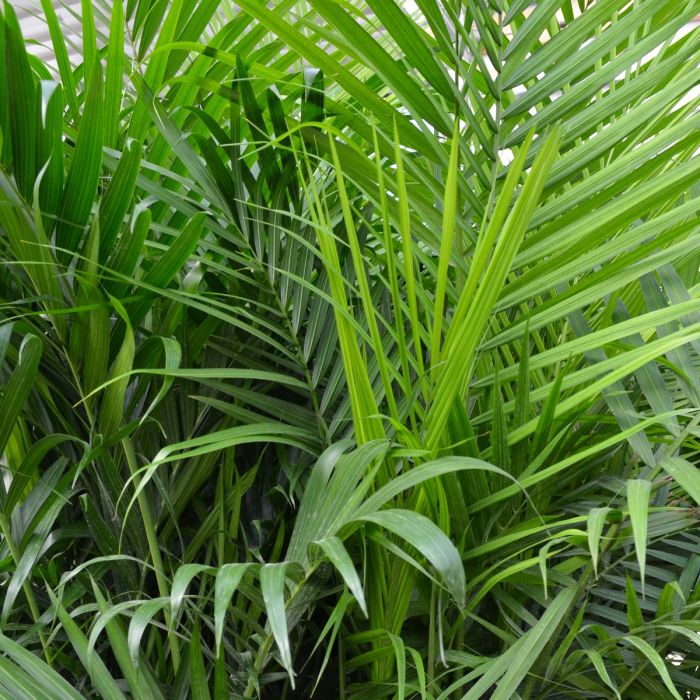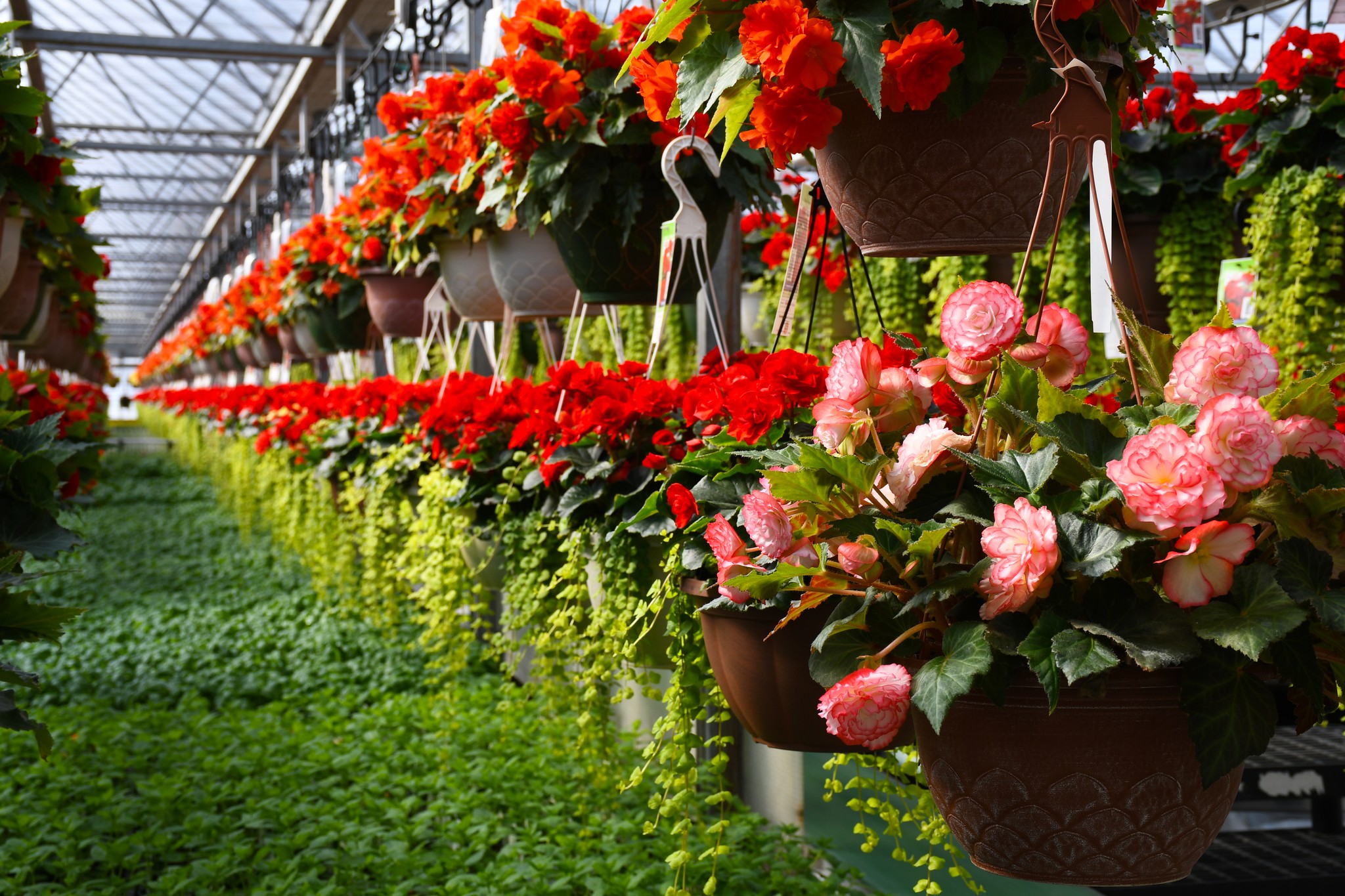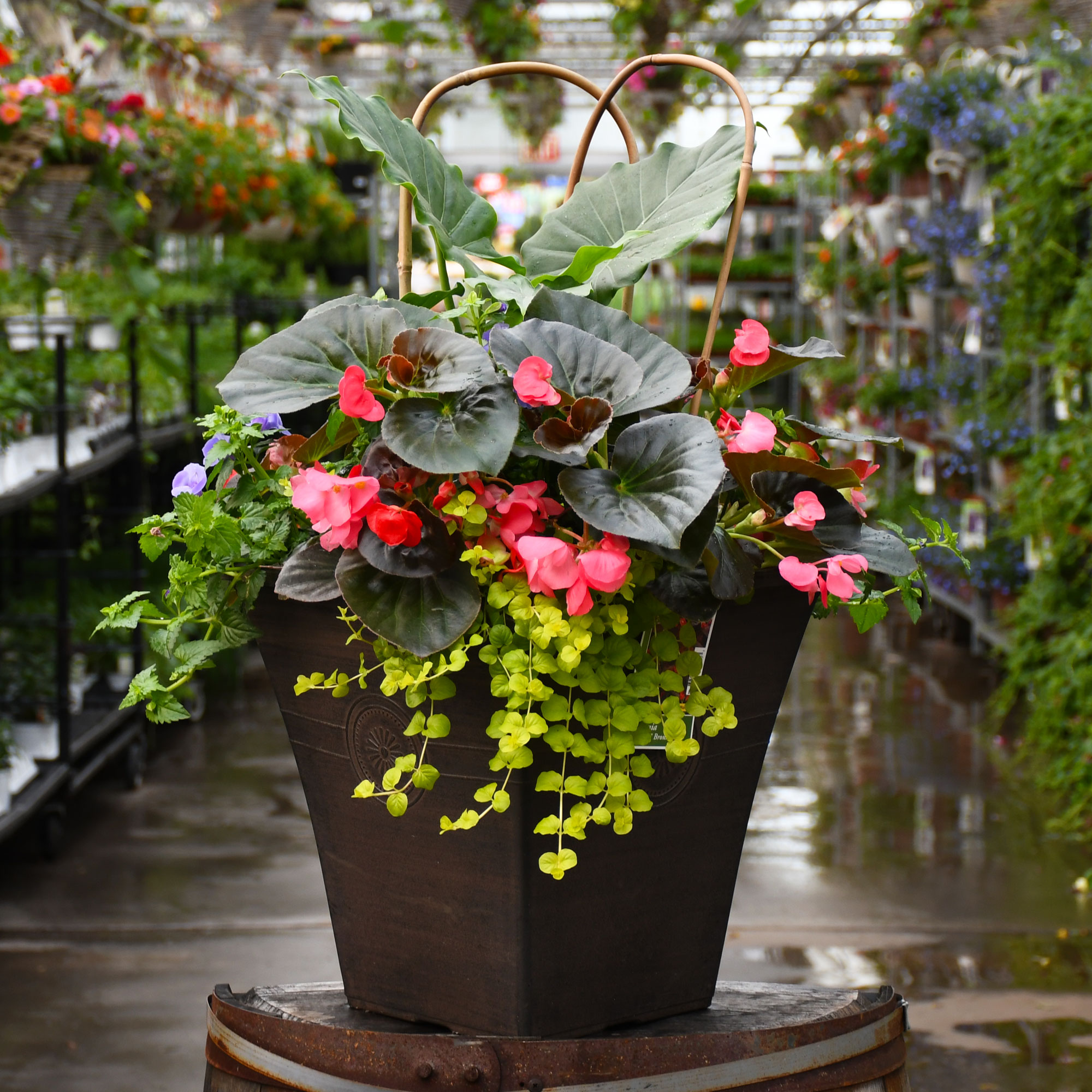Ravenea Rivularis, Majesty Palm


- Sun Preference
- Part-Sun, No-Sun
Description
Majesty Palm | Ravenea rivularis
Other Names: Majestic Palm
A shade tolerant palm that thrives well under a canopy of tall trees, can adjust to light levels; grows very quickly and is tolerant of different soil types; must be fertilized frequently; an attractive floor plant for a high light indoor area.Direct from the Grower
When you see the Gerten Grown logo on our annuals, you know you're getting a fresh plant directly from our greenhouse. We've been perfecting our growing process for over four generations and pride ourselves on providing local quality and freshness to our customers. Better pricing on better quality plant material, that's Gerten Grown.
Details
Majesty Palm is primarily valued in the home for its canopy of attractive foliage which towers high above the ground. Its attractive narrow pinnately compound leaves remain green in color throughout the year.
This is an evergreen houseplant with a strong central leader and a towering form with a high canopy of foliage concentrated at the top of the plant. Its relatively fine texture sets it apart from other indoor plants with less refined foliage. This plant may benefit from an occasional pruning to look its best.
When grown indoors, Majesty Palm can be expected to grow to be about 10 feet tall at maturity, with a spread of 5 feet. It grows at a fast rate, and under ideal conditions can be expected to live for approximately 20 years. This houseplant performs well in both bright or indirect sunlight and strong artificial light, and can therefore be situated in almost any well-lit room or location. It does best in average to evenly moist soil, but will not tolerate standing water. The surface of the soil shouldn't be allowed to dry out completely, and so you should expect to water this plant once and possibly even twice each week. Be aware that your particular watering schedule may vary depending on its location in the room, the pot size, plant size and other conditions; if in doubt, ask one of our experts in the store for advice. It is not particular as to soil pH, but grows best in rich soil. Contact the store for specific recommendations on pre-mixed potting soil for this plant.
There are many factors that will affect the ultimate height, spread and overall performance of a plant when grown indoors; among them, the size of the pot it's growing in, the amount of light it receives, watering frequency, the pruning regimen and repotting schedule. Use the information described here as a guideline only; individual performance can and will vary. Please contact the store to speak with one of our experts if you are interested in further details concerning recommendations on pot size, watering, pruning, repotting, etc.
-- THIS IS A HOUSEPLANT AND IS NOT MEANT TO SURVIVE THE WINTER OUTDOORS IN OUR CLIMATE --
More Information
| Common Family Name | Palm |
|---|---|
| Sun Preference | Part-Sun, No-Sun |
| Plant Life Cycle | Annual |
| Mature Height (Range) | 73" + |
| Mature Spread (Range) | Over 36" |


